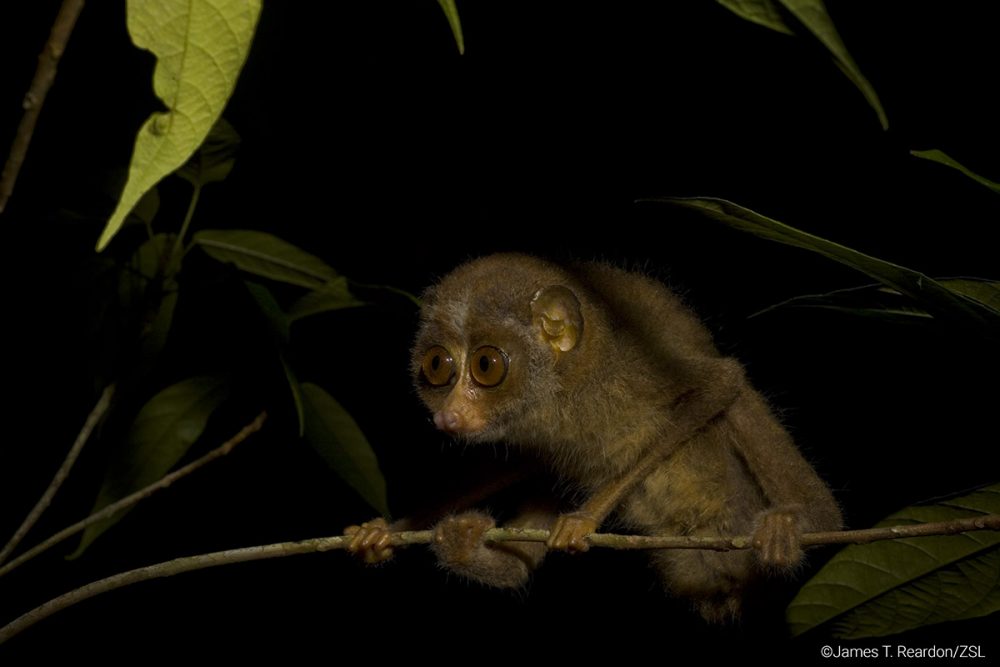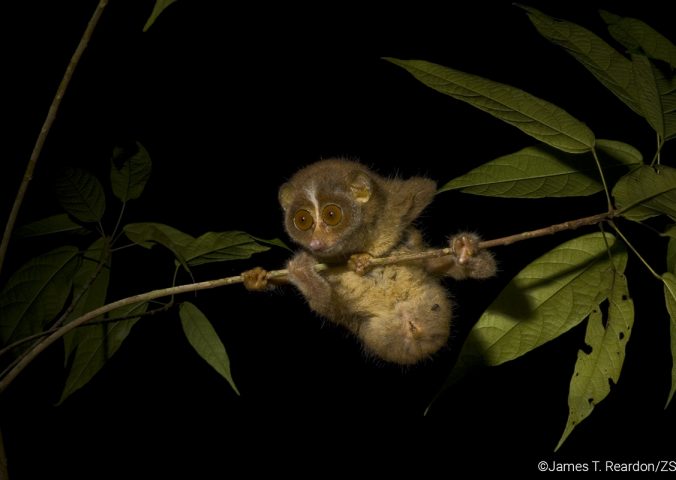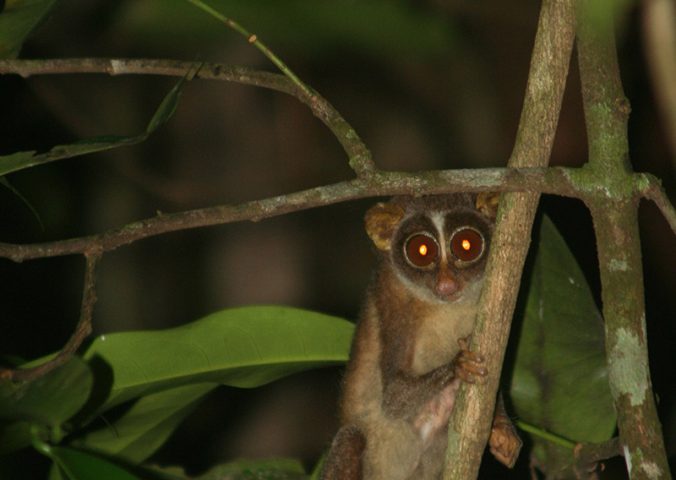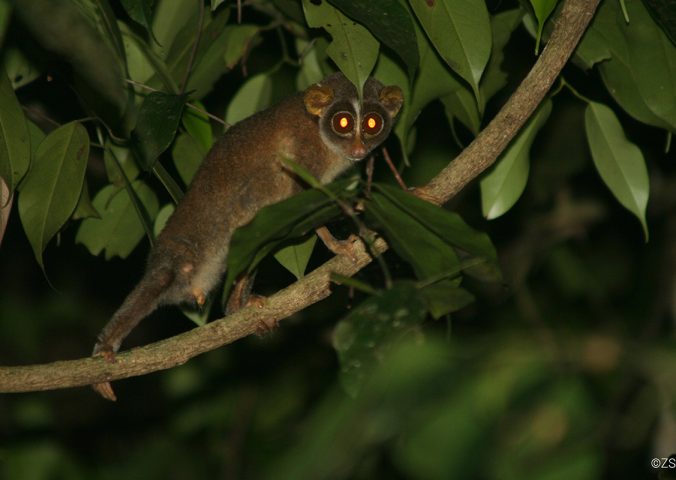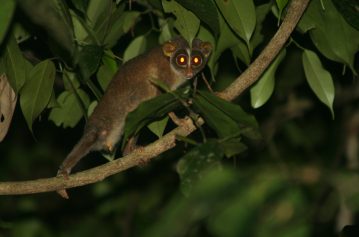About
The red slender loris has extremely thin arms and legs and is arboreal (tree dwelling).
Its face is dominated by huge round eyes which give it excellent night vision and enable it to hunt for insects during the night.
There are only two species in its genus, Loris. The slender loris last shared a common ancestor with slow lorises, sister genera in the family Lorisidae over 26 million years ago!
The red slender loris has two subspecies, Loris tardigradus tardigradu and Loris tardigradus nycticeboides, they are split by their differing habitats, with the later living in highlands of Sri Lanka, contrasting with the inter-monsoon and tropical rainforests of the wet zone of Sri Lanka the former inhabits. They are threatened by habitat loss, road kill, and hunting for the pet trade, traditional ‘medicine’, and superstitious killing.
This species is listed on CITES Appendix II but further habitat management and monitoring is required.
- Order: Primates
- Family: Lorisidae
- Population: 1,500
- Trend: decreasing
- Size: 11.6-17cm
- Weight: 103-172g
EDGE Score
Distribution
Endemic to Sri Lanka, the red slender loris is distributed in the south and southwestern parts of the country, in the tropical rainforests and inter-monsoon forests of the wet zone of Sri Lanka. The highland slender loris is known only from the central highlands of Sri Lanka.
Habitat and Ecology
The red slender loris favours primary and secondary low land rainforest. They are among the most social of the nocturnal primates. They are primarily insectivorous, but they also eat gum, bird’s eggs, and small vertebrates, such as geckos and lizards. They consume every part of their prey, including the scales and bones.
